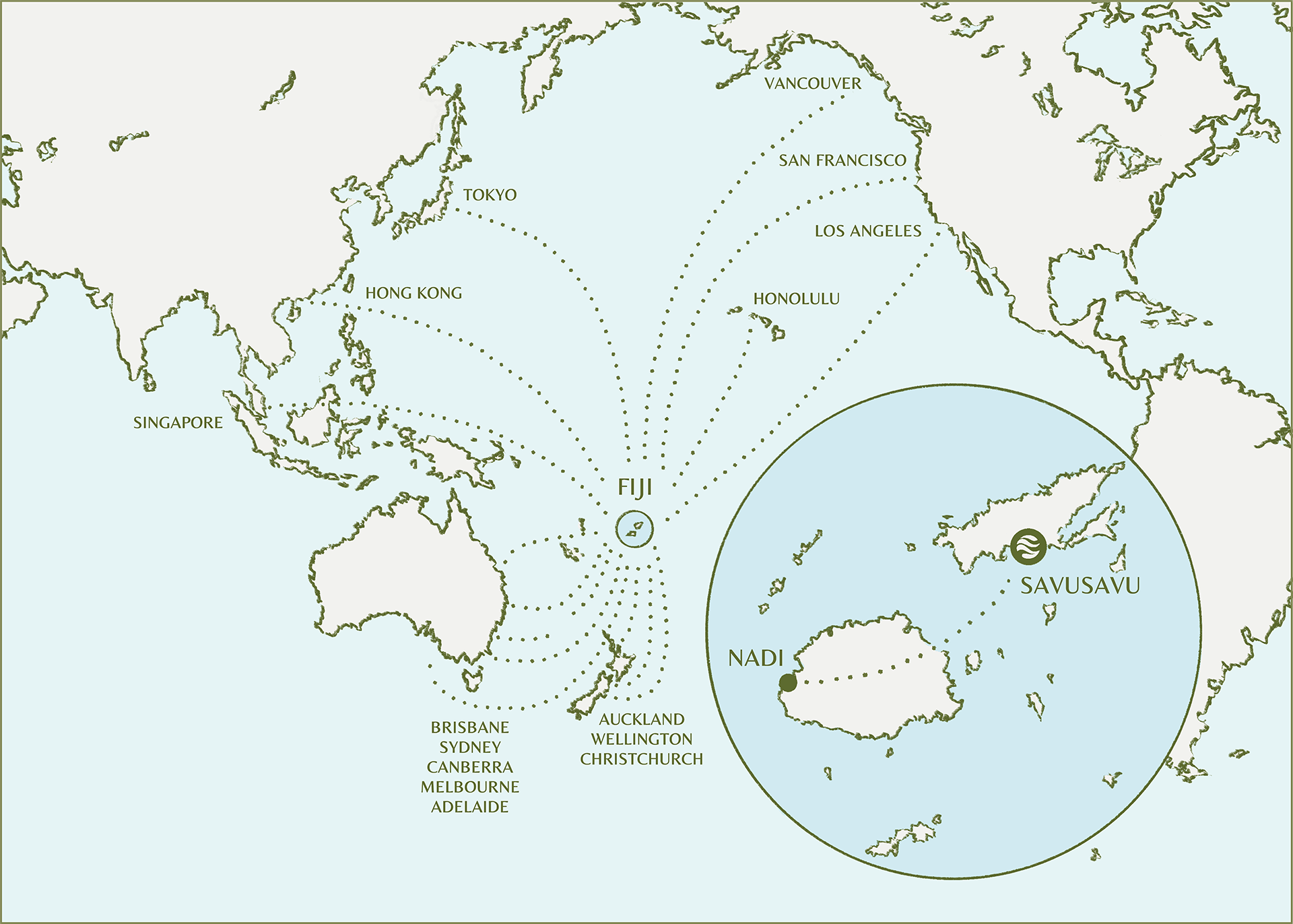STORIES
Asiatic pennywort/Gotu Kola
Asiatic pennywort/Gotu Kola
Characteristics
Herbaceous, frost-tender, perennial plant. Stolons and rhizomes, connecting plants to each other. Flowers (< 3 mm) white, born in small, rounded bunches (umbels) near the surface of the soil. The crop matures in three month and the whole plant (including the roots) is harvested manually.
Distribution
Native to the wetlands in Asia. Nowadays, it grows in temperate and tropical swampy areas in many regions of the world.
Natural Medical Properties
Gotu kola is an outstandingly important medicinal herb that is widely used in the Orient and is becoming increasingly popular in the West.
One of its traditional Indian names is ‘Brahmi’ which means ‘bringing knowledge of the Supreme Reality’ and it has long been used in India both medicinally and as an aid to meditation.
It is a very useful tonic and cleansing herb for skin problems and digestive disorders.
In India it is chiefly valued as a revitalizing herb that strengthens nervous function and memory.
Much research has been carried out into the medicinal virtues of the plant, with very positive results. Several triterpenoid compounds have been isolated, the most important being asiaticoside, madecassoside, Asiatic acid and madecassic acid – these are considered the pharmacologically active principles for treating skin conditions. Trials have confirmed their healing for conditions such as burns, wounds, cellulitis, leprotic infections and skin ulcers.
The compounds brahmoside and brahminoside exhibit antispasmodic, antipyretic, central nervous system-depressant and hypotensive activity.
The plant has shown promising narcotic analgesic activity mediated through opioid receptors.
The ethanolic extract has shown anti-stress activity comparable to that of diazepam.
Various trials with patients suffering from venous insufficiency of the lower limbs have shown a significant difference in favour of a titrated extract of the plant for the symptoms of heaviness in the lower limbs and oedema. The venous distensibility was also improved by the extract.
An aqueous extract of the plant showed activity against the herpes simplex II virus.
The compound asiaticoside has been shown to promote healing through bacteriostatic activity and stimulation of the reticuloendothelium.
The whole plant is alterative, cardio-depressant, hypotensive, weakly sedative and tonic.
It is a rejuvenating diuretic herb that clears toxins, reduces inflammations and fevers, improves healing and immunity, improves the memory and has a balancing effect on the nervous system.
It has been suggested that regular use of the herb can rejuvenate the nervous system and it therefore deserves attention as a possible cure for a wide range of nervous disorders including multiple sclerosis.
Recent research has shown that gotu kola reduces scarring, improves circulatory problems in the lower limbs and speeds the healing process.
It is used internally in the treatment of wounds, chronic skin conditions (including leprosy), venereal diseases, malaria, varicose veins, ulcers etc. It is particularly valued for its effect upon the nervous system, being used in the treatment of conditions such as epilepsy and a range of nervous disorders including senility.
Caution should be observed since excess doses cause headaches and transient unconsciousness.
Externally, the herb is applied to a range of skin conditions as well as wounds, haemorrhoids and rheumatic joints.
The crushed leaves or extracts of the plant are applied topically in the adjunct treatment of surgical wounds and minor burns. The extract is used effectively in the treatment of keloids, leg ulcers, phlebitis, slow-healing wounds, scleroderma, lupus, leprosy, surgical lesions, striae distensile, cellulitis and aphthae. Purified extracts are known to accelerate cicatrizing and skin grafting. The plant can be harvested at any time of the year and is used fresh or dried. Another report says that the dried herb quickly loses its medicinal properties and so is best used fresh.
Did you know?
| Asiatic pennywort is used as a culinary vegetable (as salad, cold rolls, drinks…) and as a medicinal herb. |
In agriculture, Asiatic pennywort is a potential tool to take up and translocate metals from root to shoot when grown in soils contaminated by heavy metals.
Literature
World Flora Online
WorldChecklist of Selected Plant Families
A working list of all plant species
SUBSCRIBE
Stay up to date
To stay in touch and be inspired by our latest news & stories from Jean-Micheal Cousteau Resort Fiji, please register your interest.








